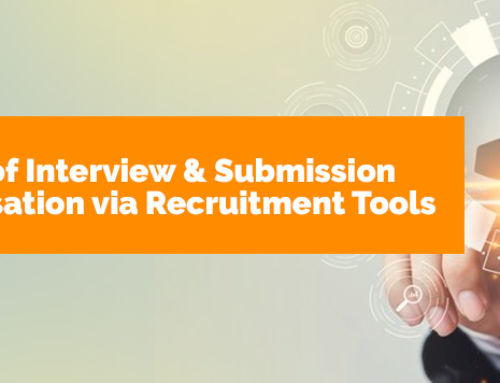Best practice email marketing advice
Email is the most widely used internet application and an essential marketing tool for any recruitment agency.
Best practice guidelines
Chameleon-i online recruitment software is committed to best practice email marketing, we support our customers’ activity by providing you with the tools to prevent spamming and offer advice on the guidelines of best practice email marketing.
Could you be spamming your contacts?
1. Do you send to service email accounts with unnamed addresses, for example: admin@, info@, help@, jobs@?
It is recommended that email addresses that are not directly associated with an individual should be filtered out as they often have a specific function at companies.
2. Are you emailing anyone who has not opted-in or had a pre-existing business relationship with your agency?
Electronic mail marketing whether it’s via Email or SMS should always be permission based. Without consent you risk damaging your brand, losing customer loyalty and if your emails generate too many spam complaints your ISP will block your email or blacklist your email address.
3. Does your email include a working unsubscribe link or option to unsubscribe?
Chameleon-i provides unsubscribe placeholders that should be included in every bulk email so your contacts can automatically opt out of receiving any further emails from your company.
Learn more about including placeholders in your emails.
4. Have you purchased a list of email addresses that you market to?
Data may be out of date or contacts in some lists may not have given permission to be emailed. If you send emails too frequently to ‘bad’ email addresses it is likely that your ISP will block your email or blacklist your email address.
5. Does you email clearly identify the sender and content?
It is recommended that your email clearly identifies your company as the sender and the subject line clearly describes the content of your email. The Companies Act requires you to include your company registration number and registered office address.
How does your email display?
If you are creating a new template using graphics, it is best practice to test the email to ensure it displays correctly. In recent years there has been a notable increase in people viewing emails on smart phones, so having image rich emails, may take a long time to download and not display correctly, meaning you message can be lost.
We recommend reading through the DMA guidelines before to help you avoid any potential legal pitfalls so you can bulk email effectively and responsibly.
Sender reputation is key to email delivery
To avoid spam filters your sender reputation plays a key role. The better your sender reputation, the more emails get delivered to your recipients. ISPs monitor and assess your email sending practices over time building up a picture of your use.
Elements that determine your email reputation include:
• Traffic consistency and the length of time you’ve been sending emails reliably
• Bounce rates on your email sends (whether or not email addresses are known and correct)
• Complaint/spam rates submitted by recipients
Speak to your ISP about how they can help with your email deliverability for your business.
Tackling the spam filters head on
A number of pointers to help your emails land in your recipients inbox:
• Try to avoid common spam words like ‘free’ or ‘guaranteed’ in your email subject line.
• Be careful using capital letters as excess use is deemed as a spam trigger.
• Try to avoid very large fonts, or background colours.
• Invite your contacts to add your email address to their address book or ‘safe senders’ list.
• Be aware of high volume/frequency bulk messaging.
• Test your message in a spam checker. There are a number of free services available,







